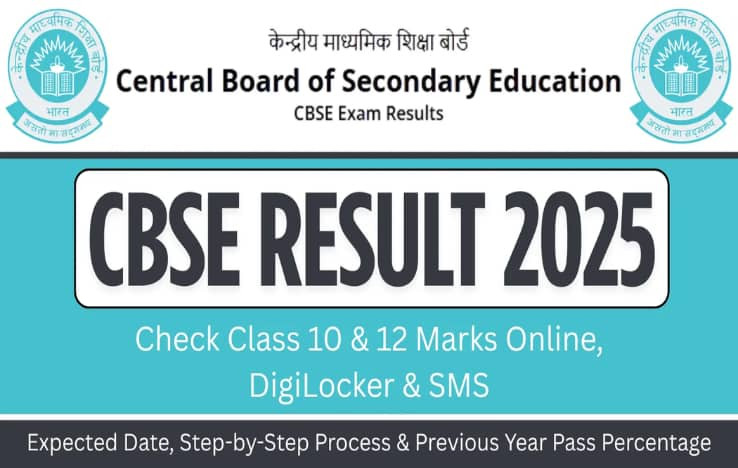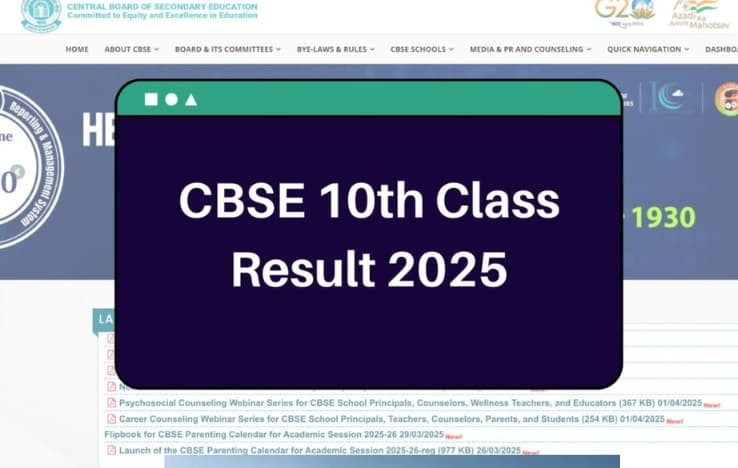Last Updated Jul - 18 - 2024, 07:40 PM | Source : NDTV | Visitors : 39
The PM SHRI initiative, launched by the Modi government, aims to upgrade 14,500 schools nationwide into 'exemplar' institutions, focusing on 21st-century skills

The Prime Minister’s Schools for Rising India (PM SHRI) strategy, started two years ago on September 7, 2022, is an ambitious scheme of the Modi government to provide high-quality education to kids and equip them with 21st-century skills in order to make them ‘future-ready’.
The flagship initiative, with a five-year budget of Rs 27,000 split by the Centre and states, aims to transform around 14,500 schools throughout the country into ‘exemplar’ institutions by demonstrating the execution of the National Education Policy 2020.
Under the project, centrally administered, state-run schools, as well as Kendriya Vidyalayas (KVs) and Navodaya Vidyalayas (NVs), will be upgraded to’model’ schools across India.
However, several state governments, notably those governed by the opposition, have opposed the idea.
To create PM SHRI schools, state governments have to sign a memorandum of understanding (MoU) with the Union Education Ministry. Though the majority of them signed agreements, five states—West Bengal, Punjab, Tamil Nadu, Kerala, and Delhi—wrote to the Centre, using ‘apprehensions and reservations’ about the initiative.
After the Centre took a tough stance and threatened to stall the disbursal of funds, they dropped their resistance and agreed to sign the pact. A couple of them lent support to the scheme with ‘far-reaching implications’ in the education sector and also got the funds sanctioned.
However, three states and UTs including West Bengal, Punjab and Delhi remained adamant and refused to give a nod to the PM SHRI scheme. The premise for rejection was disagreement over state funding and also claimed their own ‘schools of eminence’ as a better alternative to the Centre’s scheme.
The Centre, taking exception to this, went to halt the funding for Samagra Shiksha Abhiyan (SSA), the flagship school education program to these three states for their refusal to join the PM-SHRI yojana.
The fund allocation, which apparently remains the main contention point by the states, stands ‘close-to-evenly’ distributed, with 60:40 funding ratio, as per information posted on the official portal.
Centre is expected to shoulder 60 per cent of the expenditure while state governments have to shell out 40 percent of the total cost. The fund-sharing pattern between the Centre and North-Eastern States and UT of J&K stands at 10 per cent and a full 100 per cent for the UTs without any legislature.
The total cost for the five-year project is Rs 27360 crore, out of which the Central govt’s share is Rs. 18,128 crore and the state government’s share is Rs. 9,232 crore.
The motive behind the flagship PM SHRI schools scheme is to build a new schooling ecosystem that is resilient in the face of an increasingly unpredictable, dynamic, and non-linear world. The ‘exemplar’ schools will nurture students to make them engaging and contributing citizens, as envisaged under the National Education Policy 2020.
The PM SHRI scheme seeks to nurture students as nation-builders and ‘future-ready’ citizens.
READ MORE| Education Ministry : Six States Outside BJP Spectrum Avoid Achievement Survey

Apr - 23
Students across the country are eagerly awaiting the official release of the CBSE Class 10 board exam results. The Central Board of Secondary Educa... Read More

Apr - 21
The Nuclear Power Corporation of India Limited (NPCIL), a government-run enterprise, is currently accepting applications for 400 Executive Trainee ... Read More

Apr - 16
The Central Board of Secondary Education (CBSE) will soon declare the results for Class 10 and Class 12 board exams 2025.
Although the offic... Read More